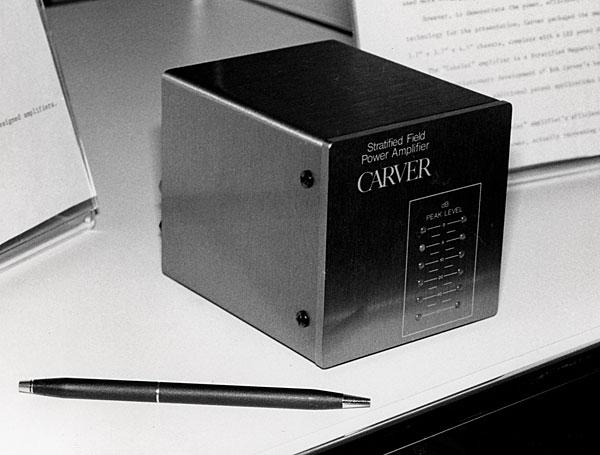Well, 40 years ago, Bob Carver's Cube was Class D wasn't it?

https://www.hifinews.com/content/carver-m-400-cube
My friend Wayne at Harvey's let me know one was coming out of the shop to the used shelf. Like many purchases from that shelf, I didn't need it, bought it just because. Ended up using some inefficient speakers in my office, put that cube in a tight space on a shelf near my head, on for hours, the heat was nearly non-existent,
I also has a Carver AM/FM Tuner with his unique features, and ended up with nothing but respect for his mind.
Point is, here we are 40 years later talking about Class D.
They have been all around us for years, current uses listed on wiki are interesting. Scroll down to uses
https://en.wikipedia.org/wiki/Class-D_amplifier
I imagine my self powered home theater sub with 1000 watt amp is class D, I sit very near it, no apparent heat.
Yet, I am skeptical regarding using Class D in my primary listening setup. I've never heard Class D in a main music system.
In any case, I prefer tubes since inheriting (in 1973) a tube unit made in 1958. I only sold those mono blocks (to Steve at VAS) because they didn't have remote volume and I liked the new to me Cayin's sound as much as them.

